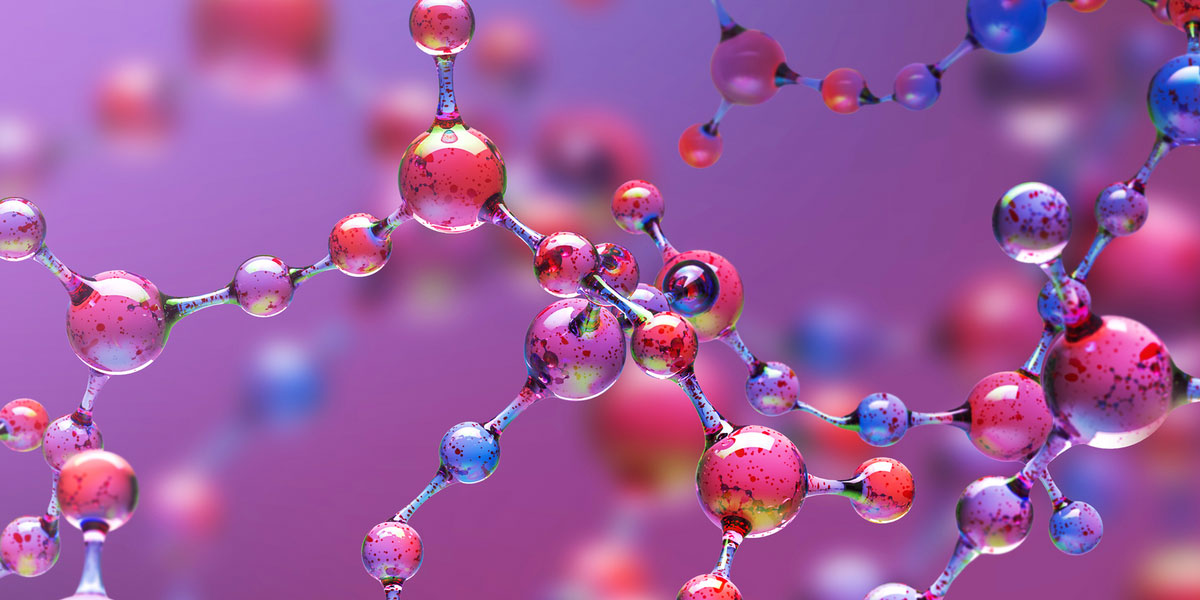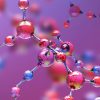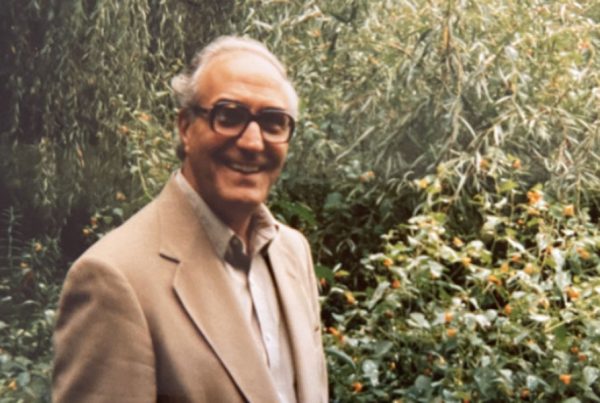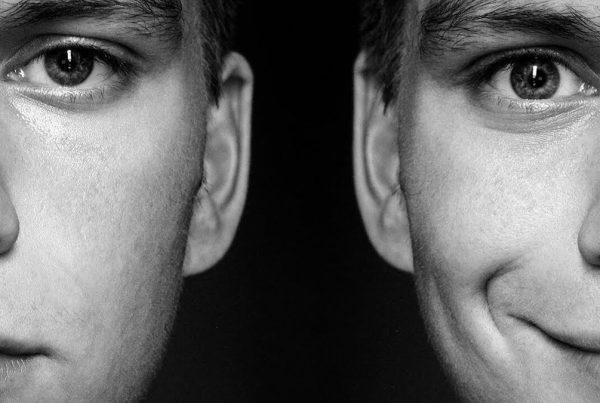What is Ketamine?
Ketamine was discovered in 1956, patented in 1962, first tested in humans in 1964, and approved for use in the United States in 1970. It was extensively used for surgical anesthesia in the Vietnam War due to its safety. It is on the World Health Organization’s List of Essential Medicines. It is available as a generic medication. Ketamine is also used as a recreational drug for its hallucinogenic and dissociative effects. It has a long history of being abused recreationally with the street names of Special K, K, Ket, Vitamin K, Cat Tranquilizers. Recreational use of Ketamine has climbed rapidly in recent years, especially among young people. Ketamine prepared for medical use is a colorless, tasteless and odorless liquid that can be injected. Ketamine is usually converted into a white powder before it is sold illegally.
Ketamine can produce vivid dreams and a feeling that the mind is separated from the body. This effect, called “dissociation,” is also caused by the related drug PCP. These effects are being happened by effects of these drugs on the glutaminergic system. Ketamine’s mind-altering effects make it prone to abuse. When Ketamine is used in human, it is often given with sedative drugs to offset these effects. Also, it has been known that at the different dosage Ketamine could have different and even paradoxical effects. For instance, at the low dose, it can have associative (rather than dissociative) effect, which makes it interesting for psychotherapeutic purposes.
Ketamine as an antidepressant agent
Intravenous Ketamine was demonstrated to improve depression from early 2000’s. The scores with an early trial showing ‘rapid-onset antidepressant effects’ in as little as 2 hours. From the beginning, it would seem difficult to distinguish this ‘rapid-onset antidepressant effect’ from the ‘high’ or altered state known to be induced by Ketamine; however, it has been claimed that it leads to a genuine, long-lasting antidepressant but this has not been established in randomized trials, as emphasized in expert guidance.
As Ketamine was already licensed for use, Janssen applied for licensing of one of its enantiomers, (S)-Ketamine, delivered by insufflation (via a nasal spray) to use for treatment resistant depression. Formal treatments for treatment-resistant depression includes oral antidepressants, which are sometimes used with antipsychotic drugs. Electroconvulsive therapy (ECT) and Transcranial Magnetic Stimulation (TMS) can be used if oral treatments do not work. Clinical trials suggest that Esketamine with an SSRI or SNRI may be more effective than placebo with an SSRI or SNRI. But it is unclear how effective Esketamine is because of the way the trials were done. Although ‘treatment-resistant depression’ sounds rare and severe, Janssen’s definition, consisting of people who have ‘failed’ two different antidepressants, is likely to encompass many current antidepressant users. Esketamine as nasal spray can be taken with an SSRI or an SNRI.
The person having Esketamine must be supervised by a healthcare professional in a clinic. The usual course of treatment frequency is twice a week (for about 3 months). Acute crisis of high blood pressure is the most dangerous side effect and needs to be carefully assessed when patients are receiving this treatment.
Why the evidence does not seem to be reliable and this medication might not be safe?
The only positive study found a difference of 4 points on the Montgomery–Åsberg Depression Rating Scale (MADRS) favoring Esketamine over placebo in a clinical trial targeting the above defined treatment resistant depression. The Montgomery–Åsberg Depression Rating Scale (MADRS) is a ten-item diagnostic questionnaire which psychiatrists use to measure the severity of depressive episodes in patients with mood disorders. The MADRS scale ranges from 0 to 60 point. The average baseline score for participants in this study was 37. The response to placebo treatment (a nasal spray with an embittering agent) was a 15.8-point reduction in the MADRS score. The response to Esketamine was a reduction of 19.8 points. A reduction of 7–9 points on the MADRS has been found to correspond to a clinically noticeable (‘minimally improved’) change on the Clinical Global Impression scale (CGI); In the other word, the minimum 7 score improvement is the threshold to see some quality life improvement in these patients. Therefore, a 4-point difference is suggesting “no clinical significance” as in the clinical practice we usually understand that the results with this low values are not worth practicing in the real life.
Furthermore, participants would have been unblinded by the noticeable psychoactive effects (dissociative agent) which was reported by the majority of participants. Expectation effects might therefore inflate the apparent difference between placebo and Esketamine.
In the Janssen licensing trials there were six deaths, all occurring in the participants who were assigned to Esketamine. Three were suicides. The three suicides occurred 4, 12 and 20 days after the last dose of Esketamine. The FDA attributed these deaths to ‘the severity of the patients’ underlying illness’. However, two of the participants who died by suicide showed no previous signs of suicidal ideas during the study, either at entry to the study or at the last visit. The drug will be marketed with a ‘black box’ warning including a risk of suicidal ideations and behaviors.
A significant number of participants on Esketamine developed signs of bladder irritation, reminiscent of ‘Ketamine Bladder Syndrome’ with symptoms of cystitis including frequency in urination, urgency, pain, discomfort and nocturia.
A large range of other side-effects occurred such as half of participants experienced dissociation and one-third had dizziness; increased blood pressure, vertigo, hypoaesthesia, nausea and sedation were each present in between 10 and 30% of participant. Meanwhile the long-term side effects, such as increased risk of abuse or the future psychotic breakdowns are still unclear.
Picture is adopted from NIH website.








